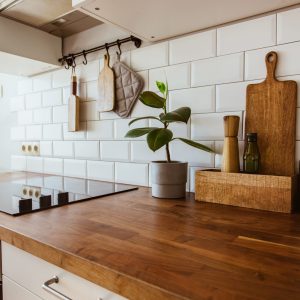Creating a more accessible kitchen for people with disabilities involves customizing the space to suit their specific needs. This could include several adjustments like installing lower countertops, wider doorways, and grab bars to ensure safety and ease of movement. Consideration for adjustable countertops is also crucial, allowing flexibility in height for wheelchair users or those with mobility challenges. Arranging the placement of appliances and storage is equally important to ensure easy access for everyone, including individuals with disabilities. Collaboration with a contractor or designer experienced in accessibility design is vital to ensure the kitchen becomes functional and accessible for all users.
When remodelling a kitchen for handicap accessibility or to make it more accessible, there are several strategies to consider. These include adjusting countertop heights to accommodate wheelchairs, choosing appliances with straightforward controls and thoughtfully placing them, integrating storage solutions like pull-out, swing-out, or open shelves for easier access, providing ample space for wheelchair maneuvering (ideally allowing a 60-inch turning radius), installing sinks that allow wheelchair access underneath, improving lighting for better visibility, and placing controls within easy reach. Utilizing D-shaped handles on cabinets and drawers can also significantly enhance grip and usability for disabled individuals.
For wheelchair accessibility in the kitchen, consider flooring options that are smooth, durable, and easy to clean. Here are some recommendations:
Remember to prioritize a non-slip surface, especially in areas prone to moisture, and ensure the flooring is installed evenly to prevent bumps or gaps that could impede wheelchair movement. Additionally, consider transition areas between rooms to ensure smooth movement without abrupt changes in flooring height.
